
Botanical legacy
100 years later, Johnston’s living herbarium remains vitally important.
Johnston’s treasures, carefully conserved
The conservation program at Serre de la Madone is deeply rooted in Johnston’s legacy as a plant hunter and collector.
The garden is designed as a living herbarium where each plant was deliberately chosen, placed, and cultivated to thrive in specific microclimates.
Today, that legacy lives on in the careful curation of plantings and the preservation of historically significant specimens.
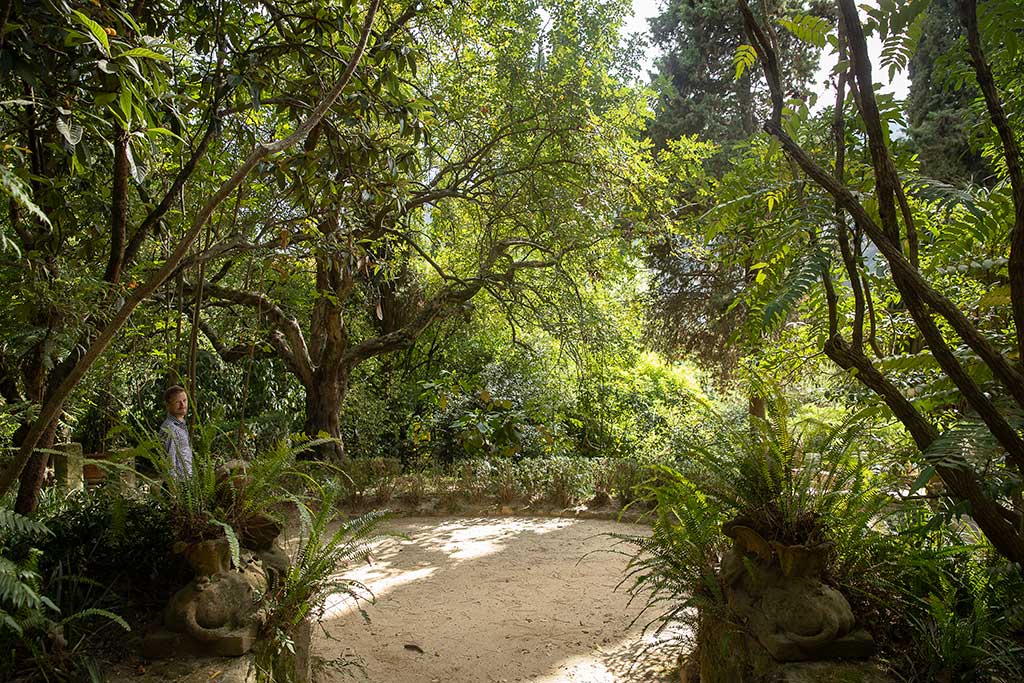
Serre de la Madone holds three nationally recognized plant collections:
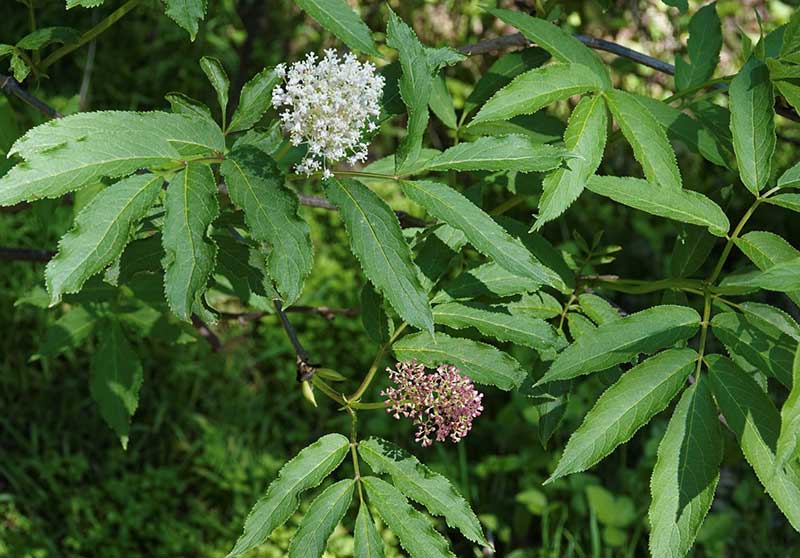
Araliaceae
This collections includes rare species like Tetrapanax papyrifer, whose massive leaves and exotic silhouette dominate entire terraces.
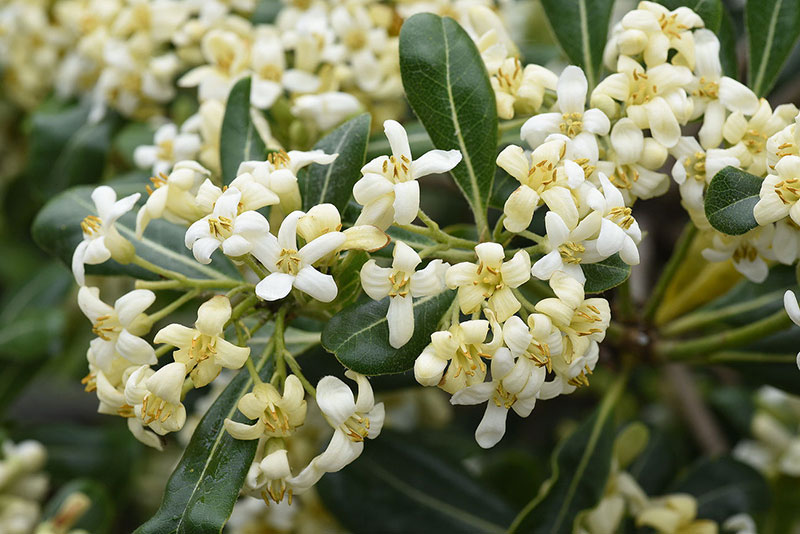
Pittosporaceae
A family known for its lush evergreen foliage and fragrant blooms (Pittosporum undulatum, P. tobira), contributing to the olfactory signature of the garden.
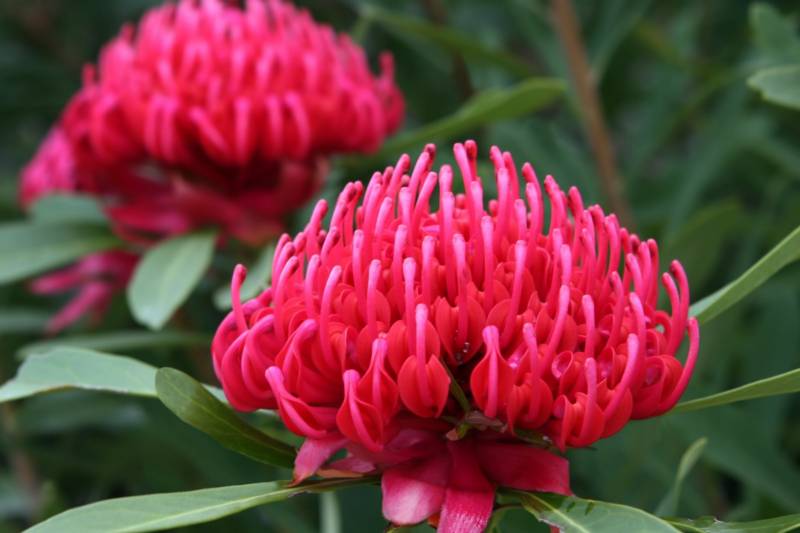
Proteaceae
A family of Southern Hemisphere plants remarkable for their unusual morphology and vivid flowers, including Leucospermum, Grevillea, and Banksia.
A constantly evolving safe haven
These collections are not static: new accessions are introduced through exchanges with botanical gardens and specialist nurseries, while aging specimens are monitored and replaced with propagation from original genetic lines when possible.
The garden also shelters rare species from other families: Mahonia lomariifolia, Acacia pravissima, Chasmanthe floribunda, Stenocarpus sinuatus, Cussonia paniculata, and many more. Many of these were first introduced to cultivation in Europe thanks to Johnston’s efforts.
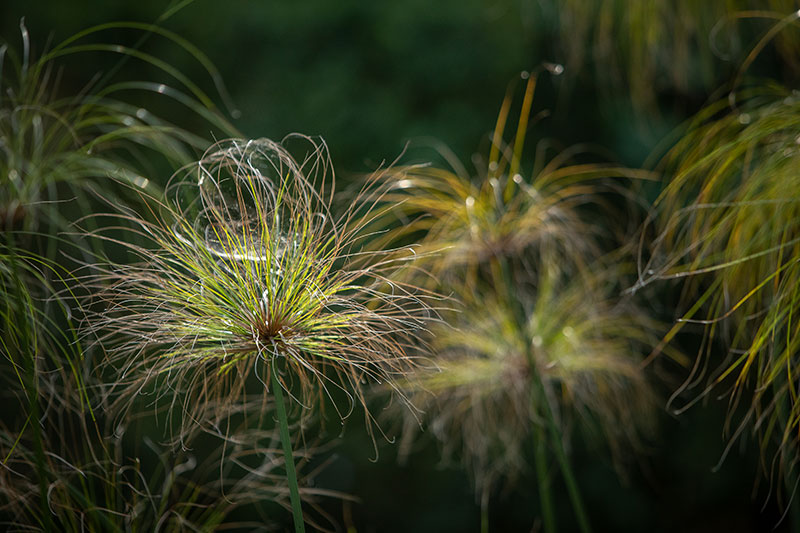
Rigorous conservation
Conservation today involves restoration of historic terraces, management of woodland and water systems, and adaptation of planting schemes to cope with increasing heat, drought, and plant pathogens.
The goal is to preserve the garden’s artistic structure while ensuring its resilience as a botanical sanctuary.
Horticultural practices are increasingly informed by ecological gardening and sustainable water management, in line with Johnston’s own pragmatic and empirical approach.
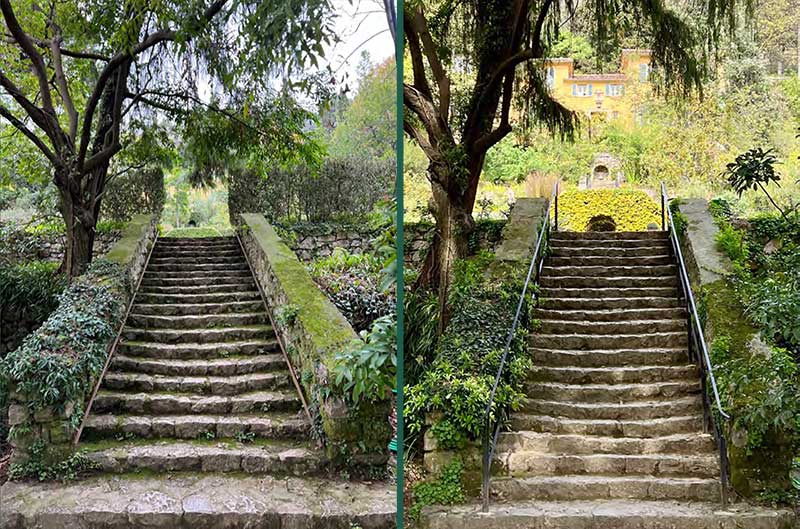
Be a part of conserving these important, vulnerable plant collections
Maintaining and constantly caring for an acclimatization garden as large and important as Serre de la Madone takes an enormous amount of effort and investment. The town of Menton and ASJEM are fully engaged, but additional financial support is needed; yours would be most valuable and appreciated. To learn about the different ways you can contribute – whatever amount you can – please visit our Donate page.
If you would like to see more detailed information about our restoration and conservation projects, please visit our Resoration page.
To learn more about other ways you can help, visit our Get Involved page.
